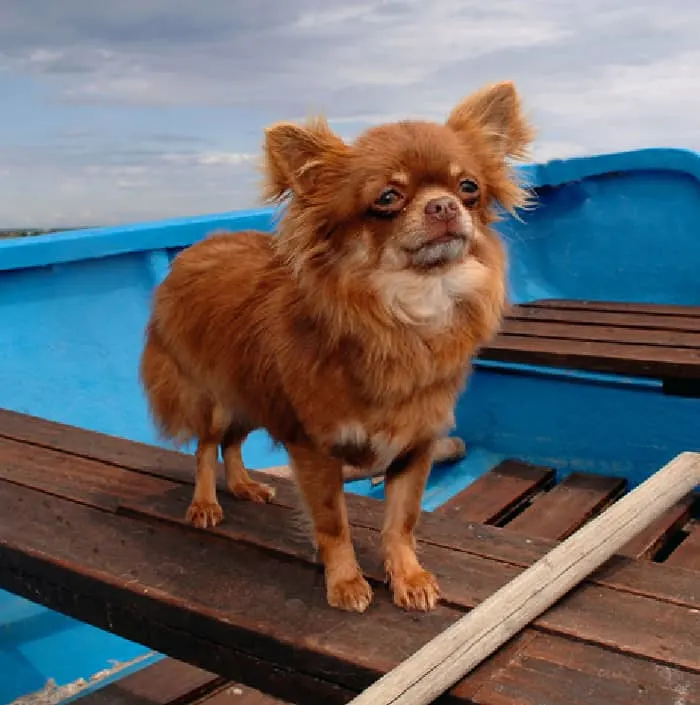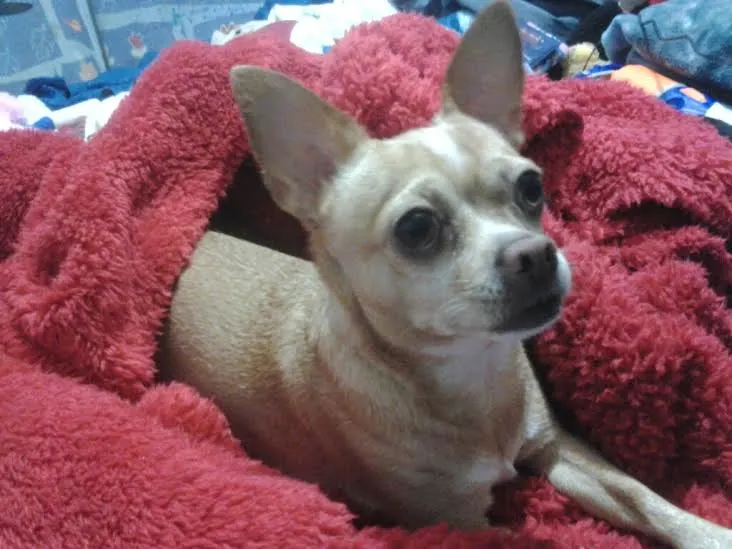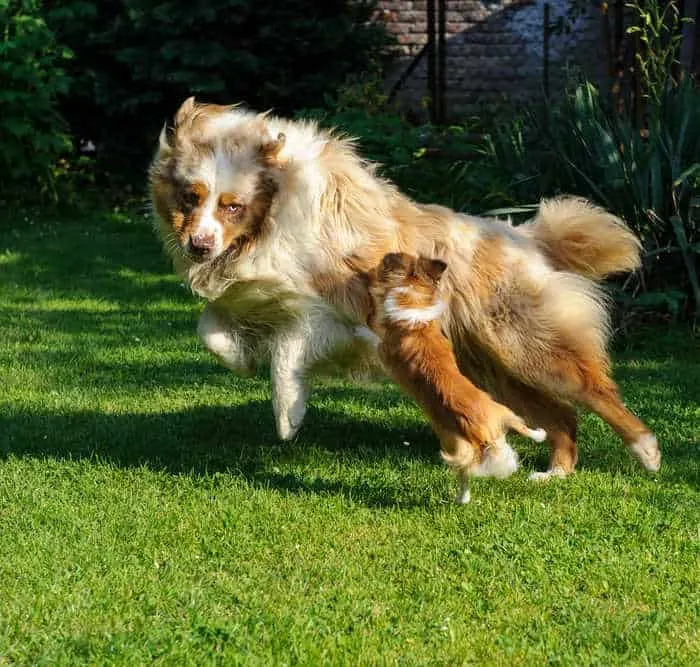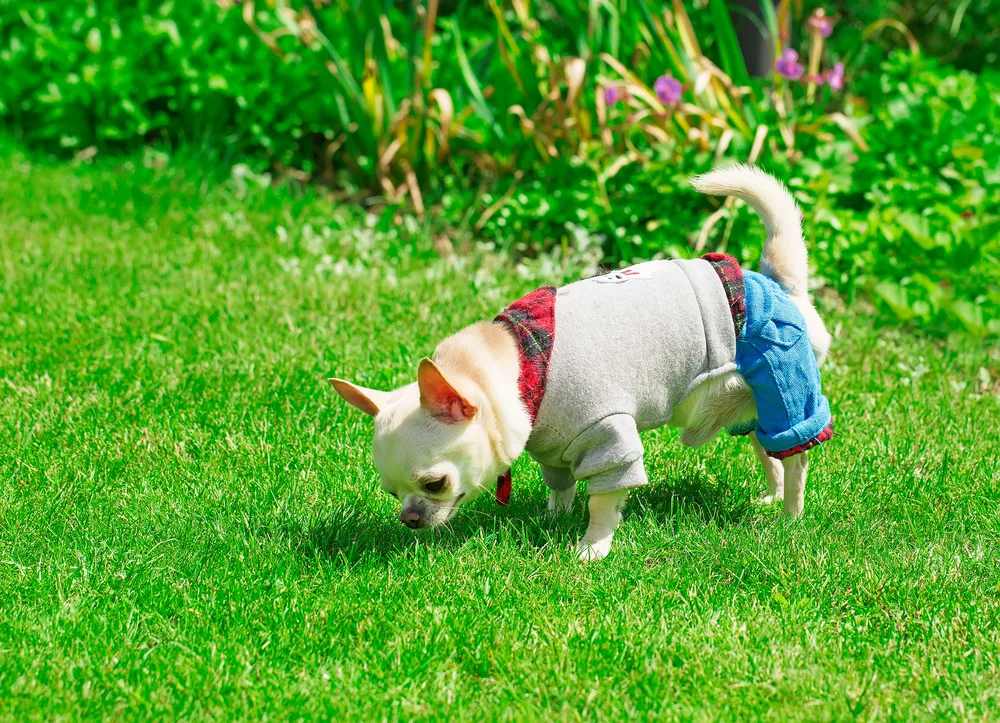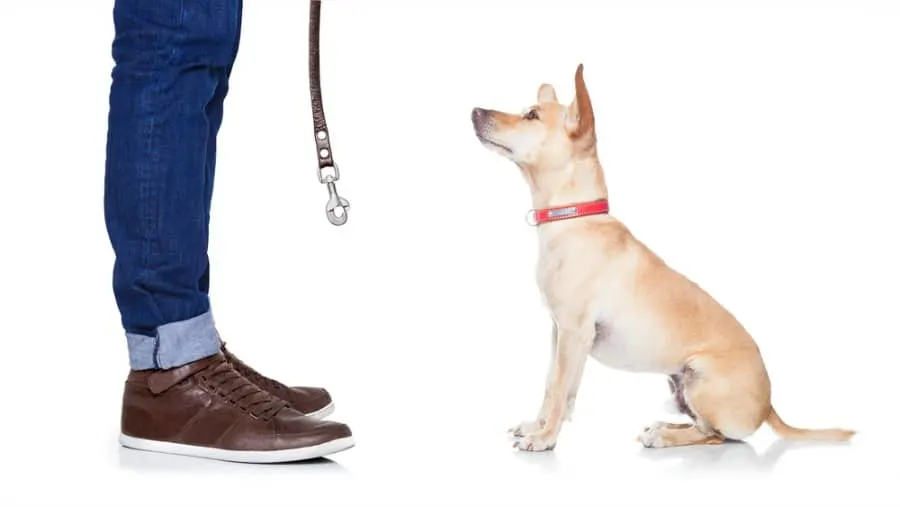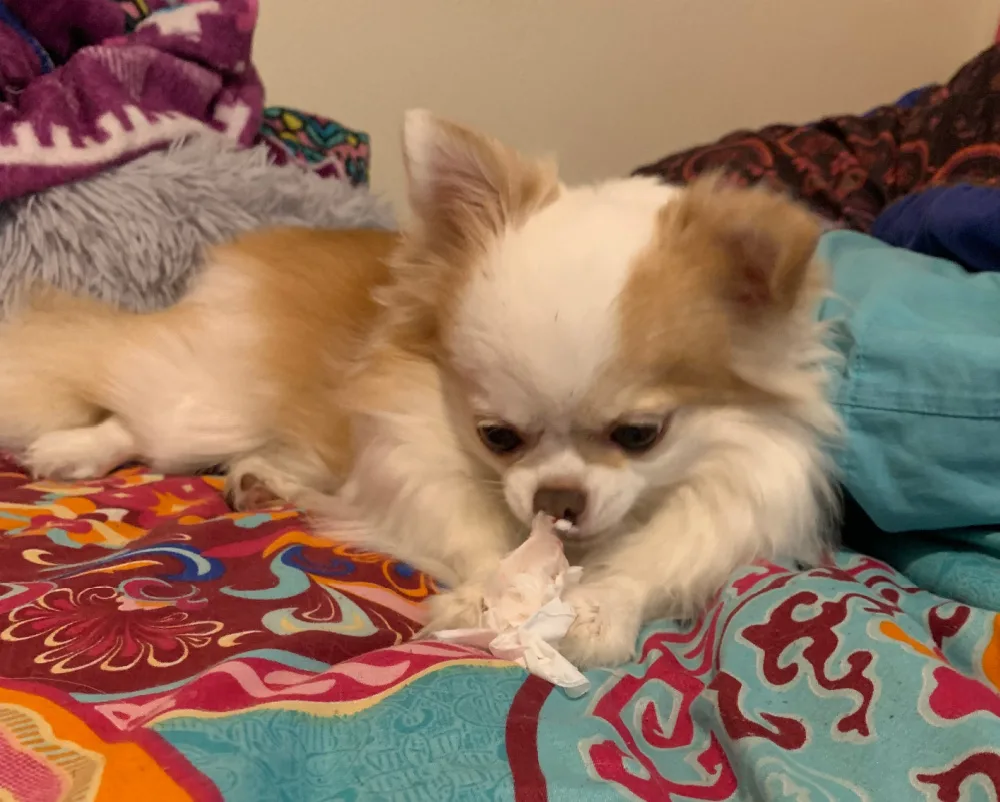Ever met a Chihuahua that thinks they are a lion? These tiny pups have big personalities, and teaching them to fit in with the world around them is a rewarding adventure!
Forget the stereotype that Chihuahuas are naturally snappy—science begs to differ. In reality, their social behavior is usually shaped by their upbringing. But in some cases, it can be from genetics due to overbreeding or a lack of early socialization.
If your Chihuahua missed critical socialization as a puppy (before 16 weeks), don’t worry—adults can still learn, but they may need a gentler, slower approach. By understanding the latest trends in dog socialization, you can transform your Chihuahua into the most sociable furball on the block.
Armed with a few insights and a sprinkle of patience, you’ll be prepared to embark on this exciting journey. (Spoiler alert: statistics show that well-socialized dogs live happier, longer lives!)
1. Understanding Your Chihuahua’s Personality
Chihuahuas have unique personalities—they’re charismatic, fierce, and sometimes a tad dramatic. Understanding their temperament is essential!
Little known fact: It is believed that Chihuahuas were bred for companionship, which explains their loyalty and natural tendency to stay close to their human pack.
Before jumping into socialization, observe your dog’s behavior. Do they bark at the mailman every time? That’s a normal protective instinct! But recognizing these traits helps tailor your socialization plan to suit their needs.
If your Chihuahua is especially fearful or reactive, genetics or past trauma might play a role—patience will be key!
2. Setting Realistic Expectations
You might dream of a Chihuahua who wags their tail at every stranger, but let’s get real—Rome wasn’t built in a day. First, acknowledge that every dog is different. Some dogs warm up quickly, while others need time.
Celebrate small wins. Did your Chihuahua not bark at the new neighbor today? That’s progress! Use the “Three-Second Rule” for new introductions: Let them sniff a person/dog for 3 seconds, then gently redirect if they seem tense.
Socialization is a marathon, not a sprint!
3. Starting with Familiar Spaces
Begin in spaces your Chihuahua already loves—your backyard or living room. The familiarity provides comfort, reducing anxiety. You gotta walk before you can run, right?
Gradually introduce new elements: a new toy, an unfamiliar scent, or a “calm zone” (like a bed or crate) where they can retreat if overwhelmed. These little introductions prime your Chihuahua for bigger adventures ahead!
4. Introducing New Sounds and Sights
Chihuahuas are little explorers by nature. Incorporate novel sounds and visuals into their routine.
Start with low-volume sounds (like a doorbell recording) and gradually increase volume as they stay relaxed. Studies show that sound desensitization is key for a well-adjusted dog.
Play dog-friendly playlists or introduce them to bustling street sounds at home first.
5. Positive Associations with New People
Strangers can seem intimidating—but not when there are treats involved! Use the “Treat & Retreat” method: Have strangers toss treats away from themselves (not hand-fed) to build positive associations without pressure.
Encourage calm interactions: A softly spoken hello and a small treat work wonders. (We’re more social with cookies, aren’t we?)
6. Controlled Playdates with Other Dogs
Ah, the thrill of meeting fellow canines! Avoid dog parks initially—opt for one-on-one meetings with a calm, vaccinated dog in a fenced yard. National dog trainers swear by supervised playdates for social growth.
Pro tip: Try scent swapping before meetups—rub a towel on the other dog and let your Chihuahua sniff it at home first.
7. The Power of Routine
Routine isn’t just for you—it’s your Chihuahua’s best friend. Structured walks, feeding times, and play sessions build trust. Veterinary experts confirm: Predictability helps pets feel secure.
8. Harnessing the Power of Toys and Games
Toys aren’t just for playing—they’re tools for learning! Puzzles, squeakers, and “find the treat” games boost confidence. Recent pet industry reports rank these as top engagement tools.
9. Gradual Exposure to New Environments
Don’t throw your Chihuahua into the deep end! Start with short visits to quiet parks or “field trips” like drive-thrus for pup cups. Slow and positive is the mantra.
10. Understanding Body Language
Tail wags, pinned ears, or panting—your Chihuahua speaks volumes. Dog behaviorists stress decoding these signals to prevent stress. If they yawn or hide, slow down!
11. Keeping Calm During Walks
Walks are windows to the world! Research shows your calmness influences their behavior. Practice structured walks: short leash, gentle corrections, and rewards for calmness.
12. Socializing Older Chihuahuas
Yes, old dogs can learn new tricks! Rule out pain/arthritis first (grumpiness can stem from discomfort). Persistence and praise go far—behavioral studies prove that older dogs can thrive socially!
13. Celebrating Successes, Big and Small
Every tail wag at a stranger or brave step into a new space deserves celebration. Progress over perfection!
14. Recognizing When to Seek Help
Did you hit a wall? Professional trainers or muzzle training (with peanut butter and a basket muzzle) can help. There’s no shame in calling reinforcements!
15. Avoiding Common Pitfalls
Overexposure (“flooding”), impatience, or ignoring body language will backfire. Forcing a fearful Chihuahua into a crowd is like tossing someone afraid of heights off a diving board—it backfires!
16. Including the Family
The American Veterinary Society of Animal Behavior highlights collective training’s power. Have everyone practice walks and playtime for consistency.
17. Recap and Final Tips
You’re not just socializing a dog—you’re helping them trust the world. Stay patient, observant, and celebrate every tiny win. And remember: A well-socialized Chihuahua isn’t just happier—they’re living their best, longest life by your side.
Bonus Pro Tip: Turn vet visits into socialization wins! Pop by just for treats (no exams) to build positive associations.
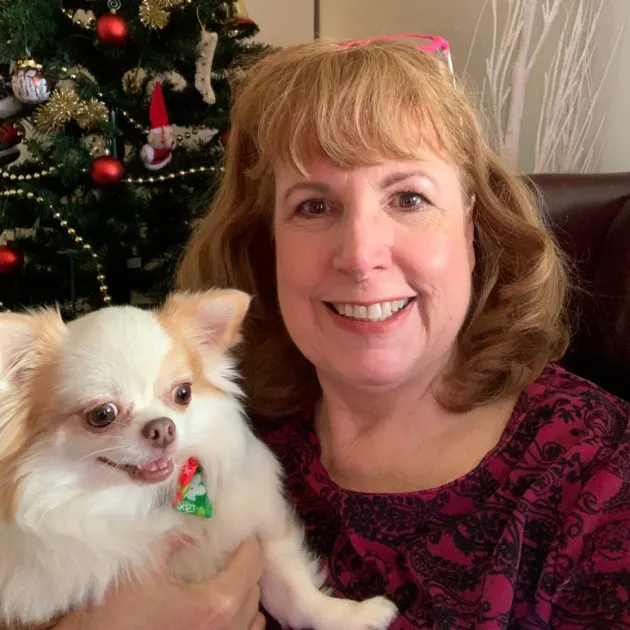
Cathy Bendzunas
Pet Blogger

